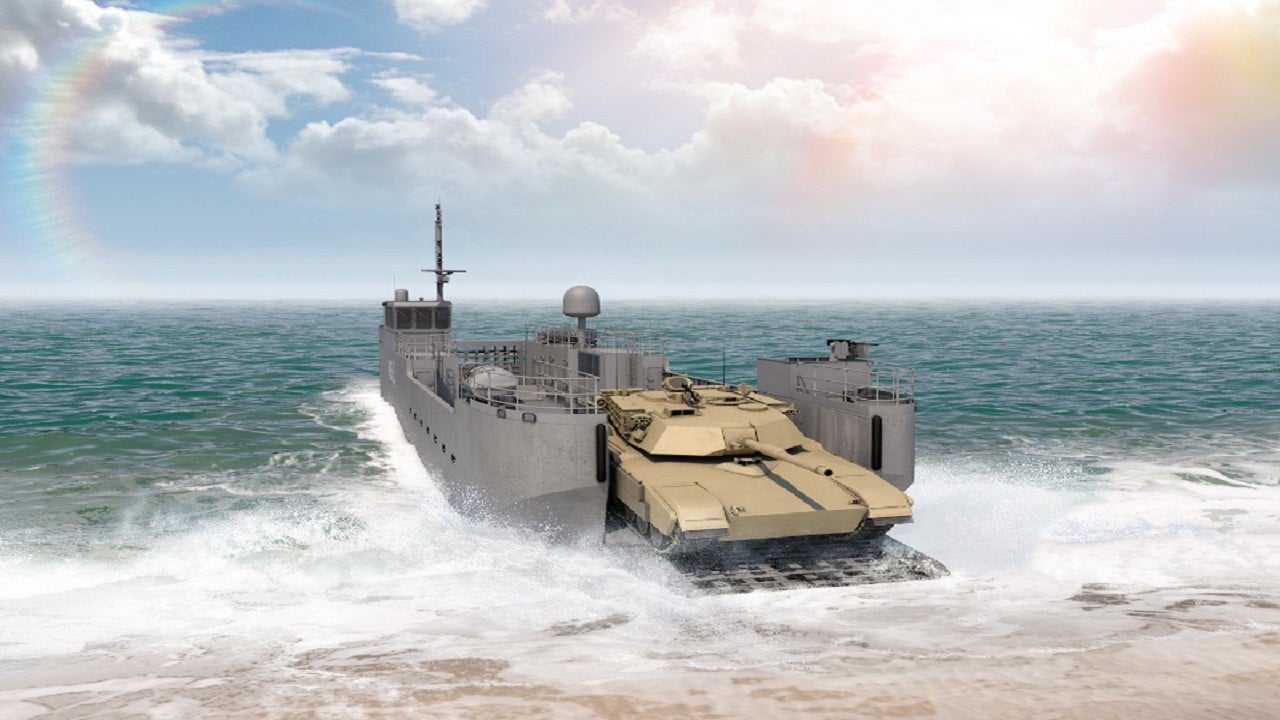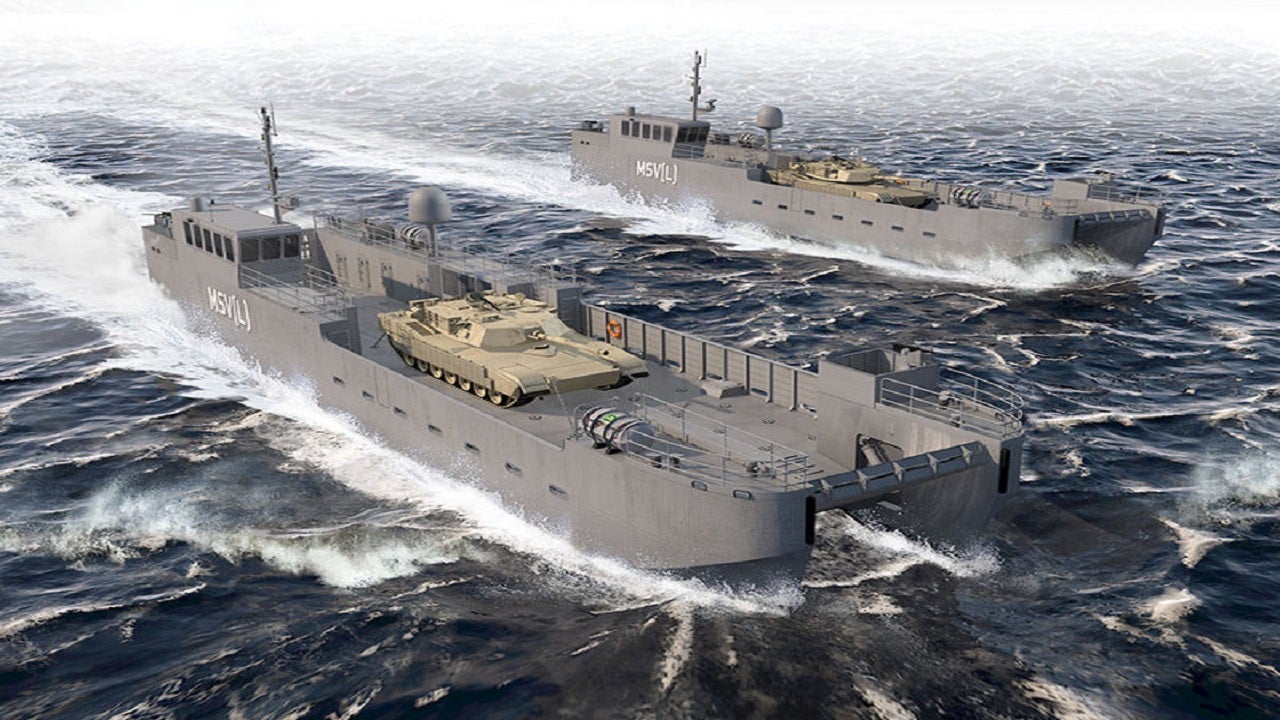Maneuver Support Vessel (Light) or (MSV(L)) is a landing craft developed by Vigor Industrial, a shipbuilding company based in the US.
The watercraft is designed to address the transportation requirements of mariners in the US Army by replacing their ageing fleet of Landing Craft Mechanized, Mark 8 (LCM-8) boats. It will be used for the transportation of advanced combat-configured equipment to nearshore mission locations.
The vessel increases commanders’ options for manoeuver in anti-access and restricted environments. It will offer enhanced performance and operational flexibility to the US Army mariners compared to LCM-8 boats while reducing operational and maintenance costs.
Maneuver Support Vessel (Light) development details
Vigor was selected as the preferred bidder by the US Army for the development of the MSV(L) landing craft, following the completion of a five-year development process.
MSV(L) is based on the BMT Caimen-90 tri-bow fast landing craft, which was built by BMT Defence Services. Design of the vessel was initiated by Kvichak Marine Industries prior to its acquisition by Vigor and the current design team comprises BMT, Gladding-Hearn, and Northrop Grumman.
A $979.3m contract was awarded by the US Army to Vigor for both the engineering, manufacturing, and development (EMD), as well as production and deployment (P&D) phases in September 2017. The contract is meant for one full-scale prototype landing craft, four low-rate initial production (LRIP) MSV(L) vessels, and 32 full-rate production (FRP) MSV(L) vessels over a period of ten years.
The vessels will be constructed at the former Christensen Yachts’ all-aluminium ship manufacturing facility in Vancouver, Washington. Production on the prototype is scheduled to be started in mid-2019.
Vigor is expected to receive authorisation to start the LRIP of the first four vessels by the end of 2021, while the FRP decision is scheduled for 2023.
The construction work is expected to generate approximately 200 jobs.
Maneuver Support Vessel (Light) design and features
The landing craft will incorporate advanced manufactured techniques and will feature a tri-bow monohull, which will offer enhanced manoeuvrability and superior stability when operating in higher sea state conditions.
The hull form will be made of aluminium and will integrate a raised centre jet that allows for a smooth landing on beaches with lower depths.
The overall length of the MSV(L) will be 35.6m, while its moulded beam and draught will be 8.6m and 1.2m respectively and payload capacity will be 82t.
The vessel will feature a 1,697ft² deck area towards the aft to accommodate payloads comprising one main battle tank, two armoured vehicles. and other modern equipment. Tie-down points will be located in a grid pattern for mounting payloads.
Operations of the vessel will be managed from the crew cabin, which can accommodate up to eight crew members.
Equipment carried on the landing craft
The watercraft will be outfitted with a pair of fully stabilised CROWS II (Commonly Remotely Operated Weapon Station) weapon mounts, one at the stern and the other in the bow area.
The weapon systems will be armed with either small or small and medium-calibre machine guns.
The landing craft is also equipped with a kedge anchor system for general anchoring purposes and a bi-fold bow ramp for loading or unloading payloads.
Propulsion and performance of MSV(L)
MSV(L) is powered by three main engines, which produce 2,600hp each. The engines are coupled to three waterjets.
The landing craft will achieve a maximum speed of 21k when fully loaded and a speed of 30k when unladen.
The vessel is designed to operate in 5ft of water depth and to a maximum range of 360 nautical miles (nm).





